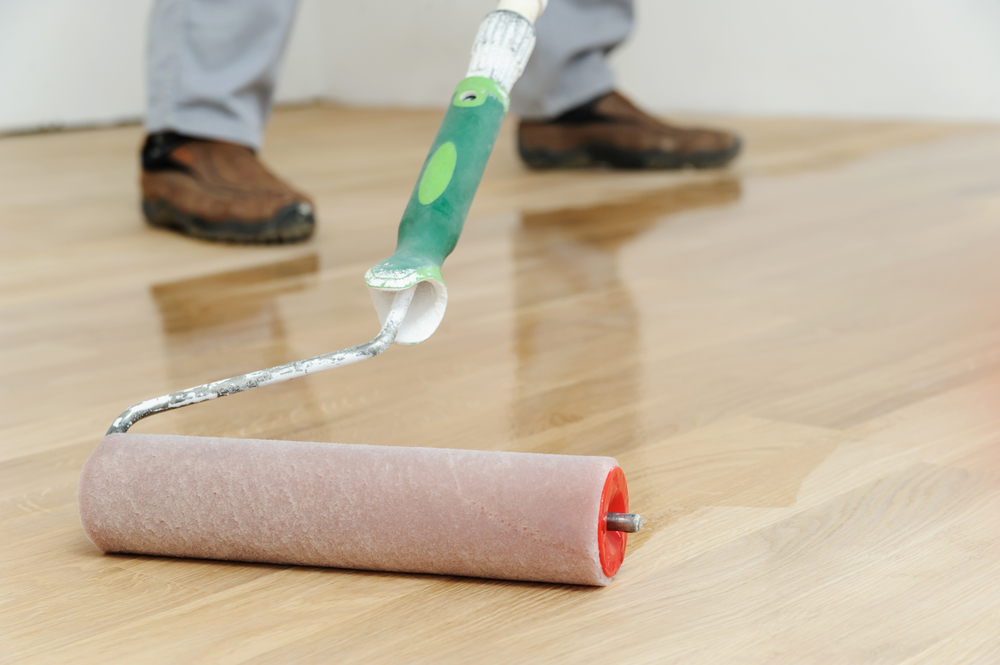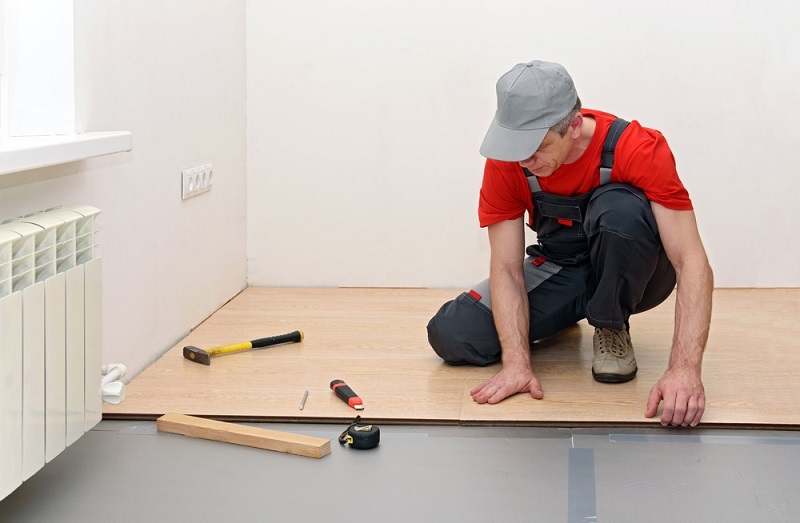The most fun element of your house building may be selecting the finishing. Floors have a significant impact on the entire appearance of your new extension; so, it’s essential to get it correctly. People increasingly choose engineered flooring over carpet for a sleek, modern, yet warm and natural look.
However, you must consider more than just appearance. Is it better to go with solid or engineered? What a confusing situation! Fortunately, flooring is one such best part which is undergoing a change day by day. You’re no longer constrained by outdated standards that define which flooring type you should choose and in which area, whether you’re looking to install new floors in your current home or picking flooring for a new home.
Many people are concerned that the manufactured variety is good or not or may scratch immediately. So, we’ll remove your confusion in this article with an overview of engineered wood flooring and how this expert scratch-resistance flooring works. Keep on reading!
What Exactly Is Engineered Flooring, And How Does It Differ From Other Types Of Flooring?
Engineered wood, also known as composite wood, manufactured board, or composite wood, is a derivative wood product formed by binding or connecting strands, particles, and other elements with adhesives or different ways to make composite materials.
How’s it made?
Engineered flooring’s popularity is due to the way it’s made. There are three layers to it in total. A coating of natural solid wood is applied to the surface, giving your floor the appearance of solid wood. The supporting core comprises three to a dozen bonded sheets of a high-density fibreboard (HDF), softwood, or plywood, providing engineered wood with a more stable structure. In contrast, the base makes a solid backboard for a more secure, reliable wood option.
Top Benefits Conferred By Engineered Flooring:

It’s Also Adaptable:
Underfloor heating is becoming increasingly popular. While the heat produced can quickly dry solid wood, placing engineered boards over underfloor heating is not an issue. Engineered flooring is a popular choice in remodeled kitchens and new constructions where underfloor heating is becoming the norm. Because it is less likely to distort solid wood, it is often used in basements and conservatories, where moisture levels might be high.
Fitting Is Simple:
Thanks to its wood core, engineered flooring isn’t confined to the classic tongue and groove joint seen in solid wood floors. The boards can be floated over an underlay without the need for nails or adhesive, thanks to glue-less lock-and-click solutions. That’s a massive advantage for anyone installing the floor.
Long-Lasting:
On an engineered wood floor, never underestimate the solid wood’s longevity. These boards wear 1mm per 100 years and can be sanded and polished much like natural wood. What makes engineered flooring so appealing? It has all the natural beauty of an actual wood floor but none of the disadvantages and it is stable, resilient, and simple to work with.
More Stable:
Engineered wood flooring is more resistant to humidity changes because of its multi-layered core. Wood is a hygroscopic substance, which means it absorbs moisture naturally, causing it to swell. When the humidity drops, the moisture in the wood evaporates and shrinks or kitchens. Engineered boards’ construction reduces movement when conditions change, resulting in improved stability throughout the floor.
Finally!
Just make sure to think about your unique circumstances before making a purchase. While engineered flooring may be appropriate for a sunroom, it may not suit everybody. As usual, the best place to begin is with an in-depth discussion with the experts at your local flooring professionals.
Hey, this is Nams. I am a professional writer also always looking for energetic and informative content to deliver the best information to people
